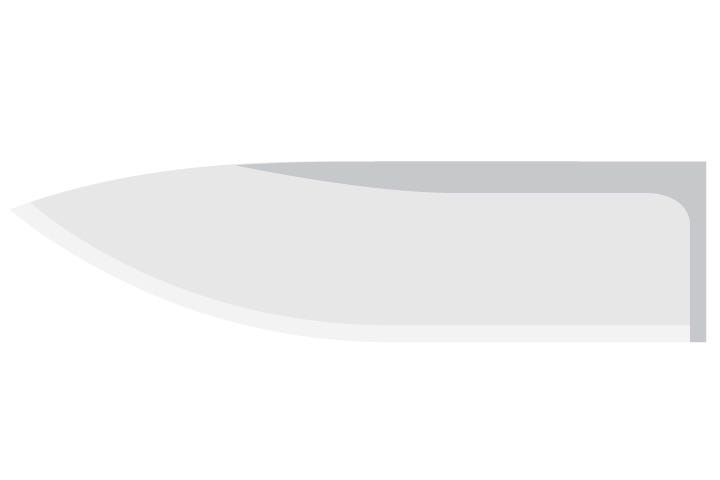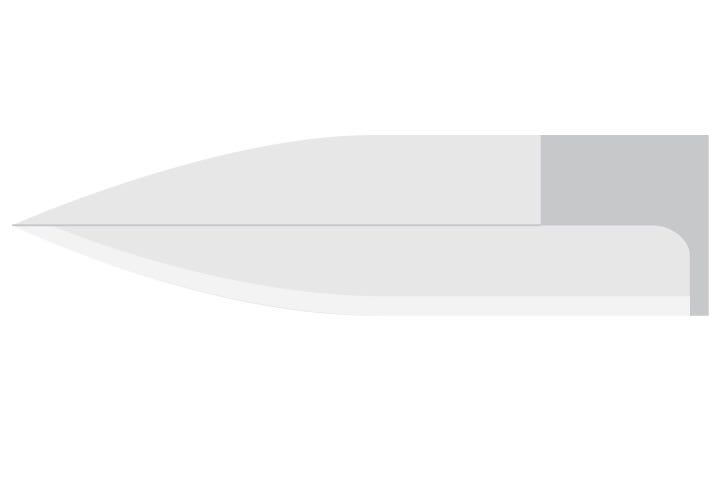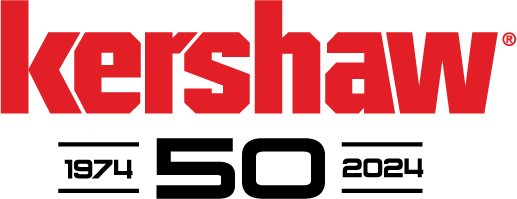We use cookies to make your experience better. To comply with the new e-Privacy directive, we need to ask for your consent to set the cookies. Learn more.

Automatic Knife Release Form
You must read and fill out this form before Kai USA, Ltd. can sell to you, or ship to you, any Automatic or Butterfly Knives. By electronically signing this online form, you confirm that you are in compliance with the federal statutes shown below as well as any applicable state and local regulation.
By placing an order or receiving a product service (such as warranty repair service) from us, you agree that you meet any or all of the following criteria:
APPLICABLE FEDERAL STATUTES
18 U.S.C. § 1716 (G) (2) (1-4) provides, in summary:
Switchblade (automatic) knives can be shipped to civilian and armed forces supply or procurement officers and employees of the federal government ordering or procuring or purchasing such knives in connection with activities of the Federal government; to supply or procurement officers in the National Guard, the Air National Guard or militia of the state or territory of the District of Columbia ordering, procuring or purchasing such knives in connections with the activities of such organizations; to supply or procurement officers or employees of the municipal government of the District of Columbia or the government of any state or territory of any county, city or other political subdivision of a state or territory ordering, procuring or purchasing such knives in connection with the activities of such government.
15 U.S.C. § 1244 provides, in summary:
Knives can be shipped by common carrier; that sale, transportation or distribution, possession or introduction into interstate commerce of switchblade knives is authorized if it is pursuant to a contract with the armed forces; or, any member or employee thereof acting in the performance of his or her duty may possess switchblade knives and may have them shipped to him and sold to him or her. The possession and transportation upon his or her person of a switchblade knife or a blade 3 inches or less is authorized to any handicapped individual who has the use of only one arm.
STATE LAW PROVISIONS
It would be impossible to provide an exhaustive review of the laws that may apply in the various fifty states and in the various counties, parishes, municipalities, and other political subdivisions within each state. By signing this form below, you will be certifying that in addition to complying with federal law, you have determined which, if any, state or local laws apply to you, and that you are acting in compliance with those laws.
No Post Office Box addresses can be used on this form. Item(s) must be sent in going UPS or Fed Ex. No USPS shipments will be accepted. If the address that you have filled out on this form is no longer a valid address, you must contact us and fill out a new form.
f-18 form successfully submitted
A confirmation will be sent to your email shortly. You can find your signed form in your Account.
Please note, you cannot add to cart without signing the f-18 agreement


- 1800 SW Teton Avenue
- Tualatin, OR 97062
- Phone: 503-682-1966
- Toll Free: 800-325-2891
- Fax: 503-682-7168
- kaiusa.com
Blade Styles
Kershaw blades come in a variety of different shapes, ready for a wide range of tasks.


American Tanto
Angles upward to meet the spine. The angled edge can be straight or curved. The American tanto offers a strong, durable tip while the straight edge makes it ideal for push cuts.


Cleaver
A high-utility style defined by a slightly curved belly and downturned tip. Ideal for slicing and chopping tasks.


Clip Point
The tip of the clip point is lower than its spine. The top part of the blade has been “clipped” off so that the blade goes straight from spine to tip. The clip point can also have a concave curve to the tip. Clip points are great for everyday carrying, but are also favored for hunting knives.


Drop Point
The blade’s point drops down below the blade’s spine. Usually has good “belly,” a curved cutting edge. It is one of today’s most widespread blade shapes because it’s a great all-purpose blade.


Hawkbill
A hawkbill blade is hook-like with a concave belly. It offers ease in cutting ropes, fabrics, and even trimming shrubbery.


Recurve
Instead of having a fully convex belly, a recurve blade will also have a gentle concave curve along part of the cutting edge. This gives the edge something of an “S” shape. The recurve blade provides good belly for slicing and a concave curve for easy draw or pull cuts.


Reverse Tanto
Instead of the edge angling up to meet the spine, a reverse tanto’s tip angles down to meet the edge. Like the American tanto, the reverse tanto offers a strong tip for piercing and, generally, a straight edge, ideal for good slicing.


Sheepsfoot
A sheepsfoot blade is similar to the Wharncliffe, but it has a steeper slope from spine to edge and a less-pointy tip. They are often favored by emergency responders due to the relative safety of the rounded tip. The straight edge works well for slicing push cuts and general-purpose cutting.


Spear Point
In a spear-point blade, the top and bottom of the blade are symmetrical, and the tip is in line with the center of the blade. It may have one or both edges sharpened. It offers tactical style as well as excellent piercing.


Trailing Point
A trailing-point blade has a tip that ends above the spine of the knife. Many trailing point knives also have a deep belly curve for superior slicing, including skinning and hunting use.


Wharncliffe
A Wharncliffe blade has a completely straight cutting edge. The spine of the blade gradually slopes down to meet the edge, forming a tip. The straight edge makes a great blade for slicing push cuts, for wood carving, general cutting, and utility work.
